
"None of that's foolproof. They could have detected us on any one of our warp transits, if they
already had pickets in those systems." Kabilovic addressed the individual who had the most intimate
knowledge of sensor systems. "Isn't that true, Lieutenant Murakuma?"
Fujiko Murakuma nodded slowly as everyone awaited her opinion, respectful of her expertise
despite her junior rank. She was the flotilla's specialist in the new second-generation recon drones which
had revolutionized survey work by marrying the technology of advanced sensors to that of the
SBMHAWK missiles that allowed a bombardment of an unseen enemy at the other end of a warp line.
Probing through unknown warp points in advance of the ships that launched them, the RD2 had removed
some of the "shot-in-the-dark" quality from warp point exploration . . . and, with it, maybe some of the
mystique, which was why certain old-timers affected to despise it. A generation which had grown up with
the likelihood of Bugs on the far side of any unsurveyed warp point had little patience for such
romanticism, on the other hand. It belonged to the days when survey ships had fared heedlessly into an
illimitable frontier, seeking worlds to study and colonize rather than to incinerate.
Fujiko Murakuma belonged to the generation which had come to grips with the harsher, infinitely
more terrifying present reality, and Sommers studied her. The fact that she put her individual name before
her surname wasn't unusual; many Japanese-derived cultures had by now adopted that Western practice.
Indeed, her name was more Japanese than her appearance, for she was tall and slender, her hair held a
reddish glint in its midnight depths, and her eyes, despite a perceptible epicanthic fold, were hazel-green.
But any ambivalence in her background was unimportant. What mattered was her professional
competence, and as to that there was no uncertainty at all.
"That's true, Sir," she replied to Kabilovic. "I'm firmly convinced that the Bug force that attacked us
entered one of the star systems through which we'd already passed—or, to be precise, one of the warp
nexi, with or without a star system—rather than the one in which they attacked us. We weren't aware of
their entry because of our lack of coverage of those nexi, even with nav buoys."
It could have been interpreted as a veiled criticism of Sommers' decision not to emplace such buoys,
since their absence meant it was impossible for any courier drone to find its way home with word of the
flotilla's fate. But emplacing them would also have been a tell-tale trail of bread crumbs for any Arachnid
picket or survey force which had chanced upon them, and the lieutenant's odd eyes met the admiral's
squarely. Looking into them, Sommers detected nothing behind the words except a junior officer gutsy
enough to say what she thought even at the risk of misinterpretation. What she did detect was a desire on
Murakuma's part to say more, to go beyond the expert opinion Kabilovic had solicited.
"Do you care to theorize any further, Lieutenant?" she inquired, clearing the way for Murakuma to
speak up in the presence of her superiors.
"Well, Sir . . . May I?" Murakuma indicated the holographic display projector at the center of the
conference table. Sommers nodded, and the lieutenant manipulated controls. A series of colored balls
connected by sticks, rather like a very simplified representation of a molecule, appeared in midair: warp
nexi and the warp lines that connected them. There were nine of the immaterial spheres, and everyone
present recognized the display as SF 19's route. It had, of course, no relation whatsoever to those
various stars' relative positions and distances in real-space. Nobody except astronomers thought in such
terms when the warp points allowed interstellar transits without crossing the intervening light-years.
"We began here," Murakuma began, using a light-pencil to indicate the ball representing the
Anderson One system. Then she flashed the immaterial pointer four balls further along the string. "And
here's where they attacked us. When they appeared, they didn't give the impression of a force that had
just piled into the system and was still in the process of getting itself organized. That's why I believe they
entered a closed warp point in one of the intervening warp nexi." She created the broken strings that
denoted warp lines leading to closed warp points, indicating hypothetical routes into the three nexi they'd
transited before the Bugs had overtaken them.
"Precisely," Kabilovic said with a satisfied nod, but Murakuma wasn't finished.
"But the question then becomes," she went on, "why did they wait so long to attack us?"
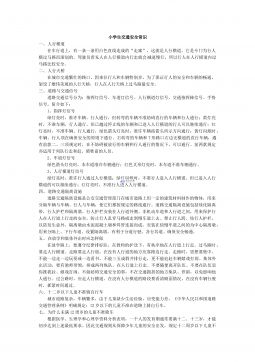
 2024-12-01 6
2024-12-01 6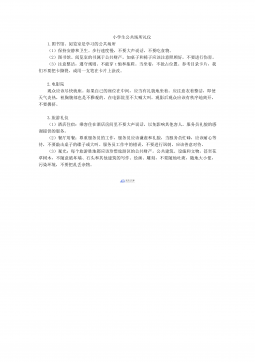
 2024-12-01 4
2024-12-01 4
 2024-12-01 4
2024-12-01 4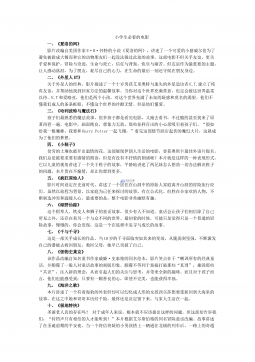
 2024-12-01 4
2024-12-01 4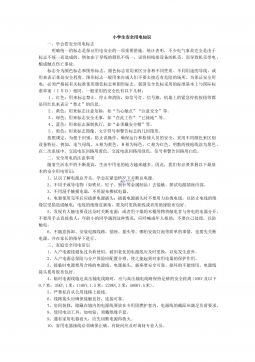
 2024-12-01 8
2024-12-01 8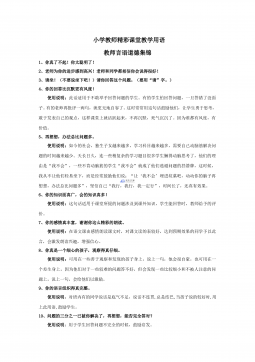
 2024-12-01 30
2024-12-01 30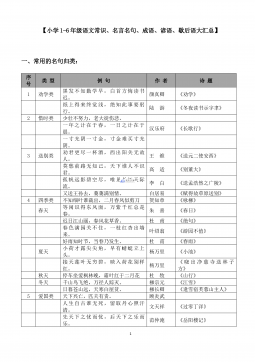
 2024-12-01 23
2024-12-01 23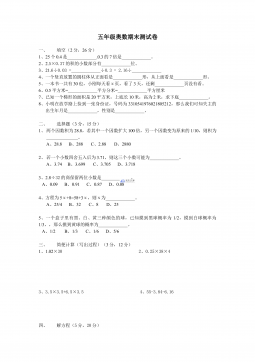
 2024-12-01 17
2024-12-01 17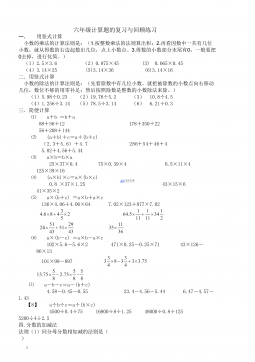
 2024-12-01 9
2024-12-01 9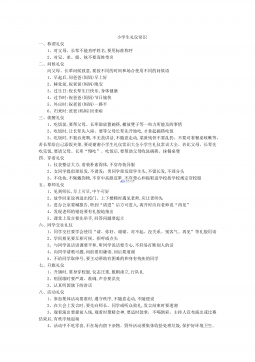
 2024-12-01 13
2024-12-01 13






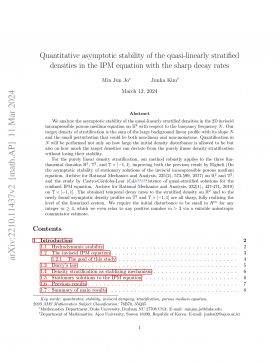
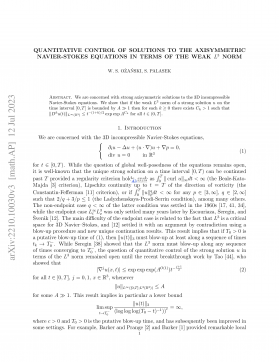
 渝公网安备50010702506394
渝公网安备50010702506394
